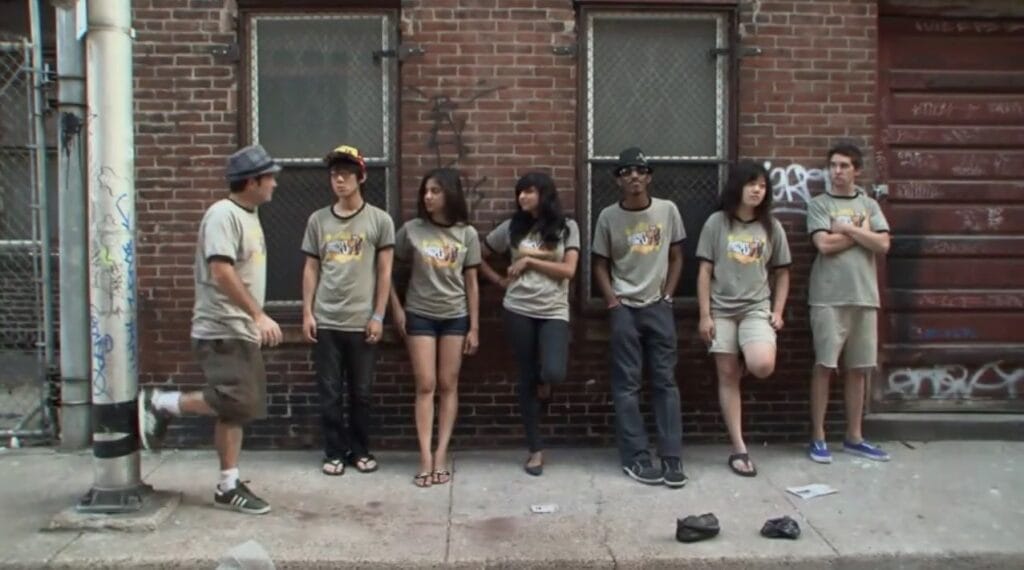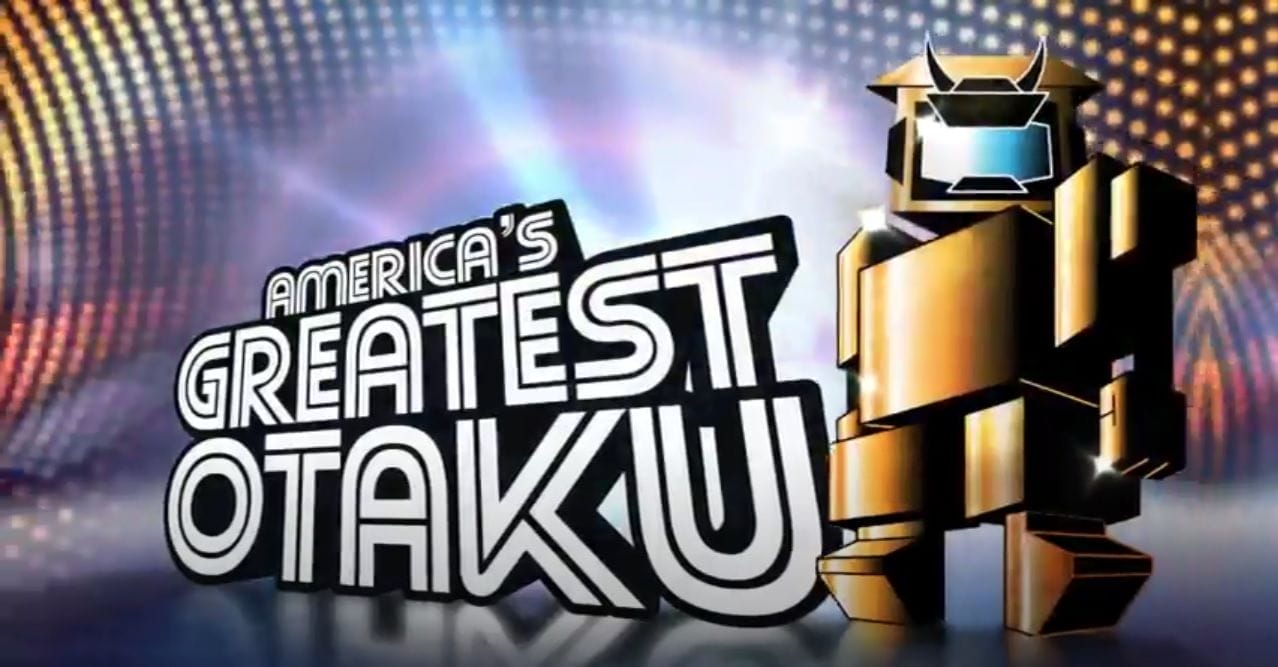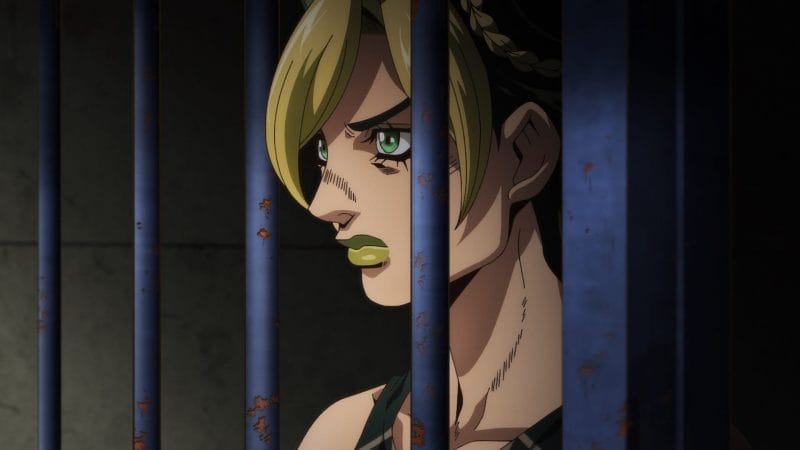2010 was a bad time for Tokyopop.
At the beginning of the millennium they had ruled the American manga market, building their fortune upon manga titles like Sailor Moon, Love Hina, and the collective works of CLAMP. Those fortunes fell swiftly in the latter half of the decade thanks to Kodansha pulling many of their popular manga licenses, the failure of their Rising Stars of Manga initiative, the 2008 economic recession, and the unstoppable juggernaut that was Naruto. Tokyopop’s situation was still precarious after a round of layoffs in 2008, but company founder and CEO Stu Levy was certain he could turn things around.
Levy had always marketed himself as The Face of Tokyopop, a man whose frosted tips and tinted shades indicated that he was Cool and Down With The Youth. For years, he tried to use Tokyopop as a stepping stone toward his true dream of becoming a multimedia mogul. To achieve this, he dabbled in anime, movies, music, Original English Language (OEL) manga, Young Adult novels, and terrible goth poetry under the alias of “D.J. Milky,” to little success.
This plan would be different, though.

It would not only help his company to better understand their audience, but give Stu a foothold into the world of television production. The strategy was twofold: first, there would be the TokyoPop Tour, a promotional tour where he could meet with fans at conventions and suburban bookstores across the country. The second was that he would film a reality show about anime fandom during said tour, a quest to find America’s Greatest Otaku.
Twelve years after its debut, America’s Greatest Otaku is mostly regarded as a vanity project for Stu Levy and one of Tokyopop’s most embarrassing ventures. Many have heard of it in passing, but few bothered to watch it when it was new and fewer still have tried since then. I knew there had to be more to its story, so I took it upon myself to watch the show and discover the real story behind this infamous disaster.
In a summer 2010 interview with Deb Aoki, Levy explained that the project was born from his own dreams of fame:
“I always wanted to get on the road and do this kind of thing – get a bus, meet fans, do a Tokyopop tour. I’ve wanted to do this for six or seven years. I always wanted to be a rock star, be in a band, but I never pursued that….My inner rock star always wanted to get on the road and do that.”

It wasn’t meant to be entirely about him, though. He also wanted to spotlight the variety and talent present within the greater anime fandom to remove the lingering stigma of being an “otaku.” It would also serve as a form of market research, a way to get “a feeling for which way to turn the ship, the industry, this business, for my own career and life and the TokyoPop brand.”
In another interview with Publisher’s Weekly, he acknowledged that this project “may not directly affect merchandise sales but we hope for an overall halo effect as fans reconnect with the brand.” His decision to join the tour and serve as host, though, was a last-minute choice on his part. That was just how he rolled, according to an interview with The Comics Journal:
“I typically think up ideas on my own, letting concepts gestate until they become a very clear vision. Sometimes I start to plan while that vision is still coming together in my head. A lot of this had to do with branding, design, and aesthetic. The TokyoPop Tour has combined all of those elements – and the vision crystallized for me as the planning stage progressed. My decision to attempt production on a show while on tour was the critical one – along with my decision to personally join the entire tour hands-on.”
In other words, Stu Levy was apparently making things up as he went when it came to America’s Greatest Otaku, and did so at a lightning pace. The call for interns went out in March 2010. He and his staff were picking finalists by the end of April – six to work directly on the tour/show as the “Otaku Six”, and six to serve as support staff at Tokyopop’s main office. The press releases went out a month later, calling for applicants for the show along with the promotional blitz for the series itself. By July, Levy and his interns were on the road, ready to make his dreams a reality over the next two months.

Levy may have wanted to swan his way across the country like a rock star, but it’s clear that most of what little budget this show had went into the customized bus that was meant to serve as a focal point not just for the show, but for the promotional tour as well. The customized coach was not emblazoned with any recognizable manga characters. Rather, it was plastered with characters from OEL titles such as Princess Ai, Van Von Hunter, and I Luv Halloween. Based on a surviving account from Kleefeld on Comics, said tour primarily consisted of the interns hosting awkward Q&A sessions and giveaways of random manga volumes for small crowds of teens, tucked away in random store corners. Meanwhile, Levy would say a few words and give out autographs afterward. It was a slapdash approach to promotion, and that approach bled into the show around it.
What is America’s Greatest Otaku like? Imagine the world’s most awkward fusion dance of a reality show and a travelogue. The reality show segments feel half-baked, seemingly made up on the spot based on whatever the staff could grab from the dollar store or the hotel breakfast buffet. The travelogue portions aren’t much better, as it’s clear that the tour stops were chosen without researching whether they had enough relevant “Otaku Spots” to cover. It wasn’t so hard in places like San Francisco, Philadelphia, and Washington DC where they could find plenty of places and people related to anime and Japanese culture. It was much harder in places like Oklahoma City, New Orleans, and Louisville, though, where the team had to rely on gimmicky sushi restaurants, introductory language classes, and barely related art installations. The segment on Salt Lake City is by far the biggest disaster, complete with a trip to the public library, a failed attempt at entering a closed Buddhist temple, and a cosplay photoshoot at the Salt Lake Temple, where volunteers tried to proselytize to the interns.

That lack of personality extends to the hosts of the show. For all the fuss Stu Levy made about joining the event at the last minute, he’s not in America’s Greatest Otaku all that much. When he is on screen, he exudes all the charm and energy of a day-old tuna fish sandwich. After the first episode, he only appears in the opening and closing host segments, which were clearly filmed in whatever public space and empty lot his crew could find.
Speaking of those college kids, the “Otaku Six” might be the strangest and least thought-out part of the show. Technically, they’re Levy’s co-hosts, but they were also part-time camera operators, sound techs, vlog-makers, and tour stop staff, receiving only room, board, and a bit of college credit in return. They were often split into pairs to compete in last-minute challenges vaguely tied to each episode’s theme, enduring embarrassment for the sake of a free sushi dinner for the winners.
I don’t want to be too harsh on the Otaku Six, who were clearly just a bunch of ordinary college kids making the best of their situation. It’s just that they didn’t fit the kind of show America’s Greatest Otaku wanted to be. Most of them did not possess the sort of insight or on-screen charisma necessary to serve as good hosts. There was no personal drama to mine for content, as they mostly got along with one another. They didn’t even seem all that passionate about anime and manga, making their label and purpose all the more baffling.
The actual contenders for America’s Greatest Otaku fared no better. Most of them were teens who were seemingly picked more for their novel hometowns than their talent, or fans who collect more for the sake of collection than for any particular fandom. Others were downright cringe, such as the Denver boy who made an anti-BL parody song or the aspiring voice actor from Indiana whose voices wouldn’t pass muster on a morning radio show. A few candidates managed to shine, be they a talented cosplayer from California, an Iranian-born artist who made her own zines, or Chris Wanamaker, the founder of the DC Anime Club who ultimately won the title of America’s Greatest Otaku and a trip to Japan. Even then, the show forced him to play host on his own trip, as he visited a maid café, a sentai stage show, and a bunch of Harajuku fashion shops in his homemade Mario cosplay. It seems that Wanamaker took his brush with fame with good grace, leveraging it to promote his club and various charity events.

As the tour and filming came to an end, Levy was confident that America’s Greatest Otaku was a new beginning for Tokyopop and his dreams of fame. Instead, it would serve as the herald of the company’s imminent demise.
America’s Greatest Otaku was meant to debut in the fall of 2010, but for reasons unknown it was delayed to February 2011. Based on what few reviews I could find, audiences of the time were unimpressed. The most damning review came from Colony Drop, who described the show as “a reflection of Levy himself: flighty, unfocused, sloppy, and awkward,” and noted that even “the hardened anime pirates gave up on ripping and torrenting the show after episode two.”
The series did accidentally get Funimation into trouble, as the crew’s visit revealed they were using fansubs as reference for a dub recording. Meanwhile, Levy was doing damage control on the show’s blog and in the comments sections on Hulu, countering “haters” and “otaku negativity,” even as he was openly dismissing his own company. The series was a disaster, but things were only getting worse for Tokyopop.
Just before America’s Greatest Otaku’s debut, the bookstore chain Borders filed for bankruptcy. Years beforehand, Borders made a deal with Tokyopop where they gave Tokyopop a greater share of shelf space and promotion in return for larger refunds on any unsold books. With the immediate closure of over 200 stores, Tokyopop was on the hook for millions in refunds without any payments for new stock to counter them. A week later, Levy laid off almost all of the staff at Tokyopop, including all their senior editors. By mid-April, Tokyopop had already announced their closure, all while America’s Greatest Otaku limped on to its conclusion. Stu Levy had no time to linger on these failures, as he had already moved on to a new passion project: a documentary on Japan’s tsunami recovery titled “Pray For Japan.”
Is it fair to call America’s Greatest Otaku a vanity project? It certainly fails at being one for Stu Levy directly, if simply because he’s barely in it. It’s more accurate to call it a vanity project for Tokyopop, itself. It was a Hail Mary move on the part of Levy; one last attempt at convincing the world that Tokyopop was cool, youthful, and relevant. Instead, all America’s Greatest Otaku did was entwine that desperation with the drama of the company’s closure, preserving it all like a bug in amber. Tokyopop can try its best to move on as a company, but thanks to the Internet Archive, its biggest failure will continue to haunt it for years to come.












